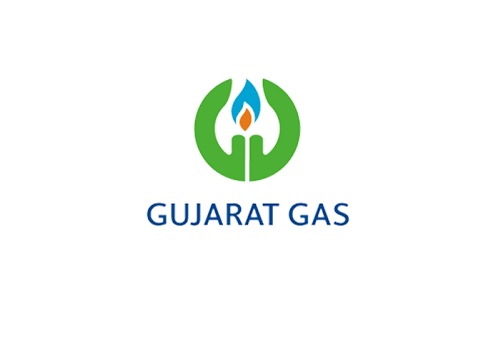Indian hospitality sector`s revenue per available room to grow by 8-9 pc in FY25

The Indian hospitality sector is witnessing a boom and in FY25, the industry's revenue per available room is estimated to grow by approximately 8-9 per cent, a report showed on Friday.
According to rating agency CareEdge, the industry's revenue per available room registered a strong growth of 14 per cent during fiscal 2024.
For FY25, it is expected to grow by 8-9 per cent, building on the high base set in FY24.
CareEdge expects industry to report average revenue per available room growth to Rs 5,200-Rs 5,400 on a high base of FY24 and followed by a 5-6 per cent rise even in FY26.
India currently has around 166,000 branded hotel rooms/keys. Over the next five years, the industry is expected to add approximately 55,000 rooms, with supply registering a compound annual growth rate (CAGR) of 4.5-5.5 per cent during this period.
The hospitality sector is currently experiencing an upcycle, driven by favourable demographics, robust domestic demand (with supply clearly lagging behind demand growth), increased investments, and ongoing improvements in infrastructure and connectivity.
“On the back of the surge in domestic consumption and underlying GDP growth, the players in the industry are witnessing strong capacity utilisation,” said Ravleen Sethi, Director CareEdge Ratings.
With the current travel momentum to continue and anticipated demand likely to outpace current supply over the medium term and FY25 is likely to witness higher revenue per available room which would aid in overall improvement of credit profile of the players in the industry, Sethi added.
The segment mix is shifting towards upper midscale and midscale economy, with more than 60 per cent of new supply expected to be added in these segments.
This growth is driven by several factors, including a growing middle class, a significant uptick in business travel (especially from small and medium-sized enterprises, and an expanding scope of business activities into tier 2, 3 and 4 cities.
According to the report, more than 70 per cent of the proposed new supply is concentrated in tier 2 and 3 cities, followed by tier 1, as hotel owners and operators explore opportunities to capture unmet demand in emerging and underserved markets.
























